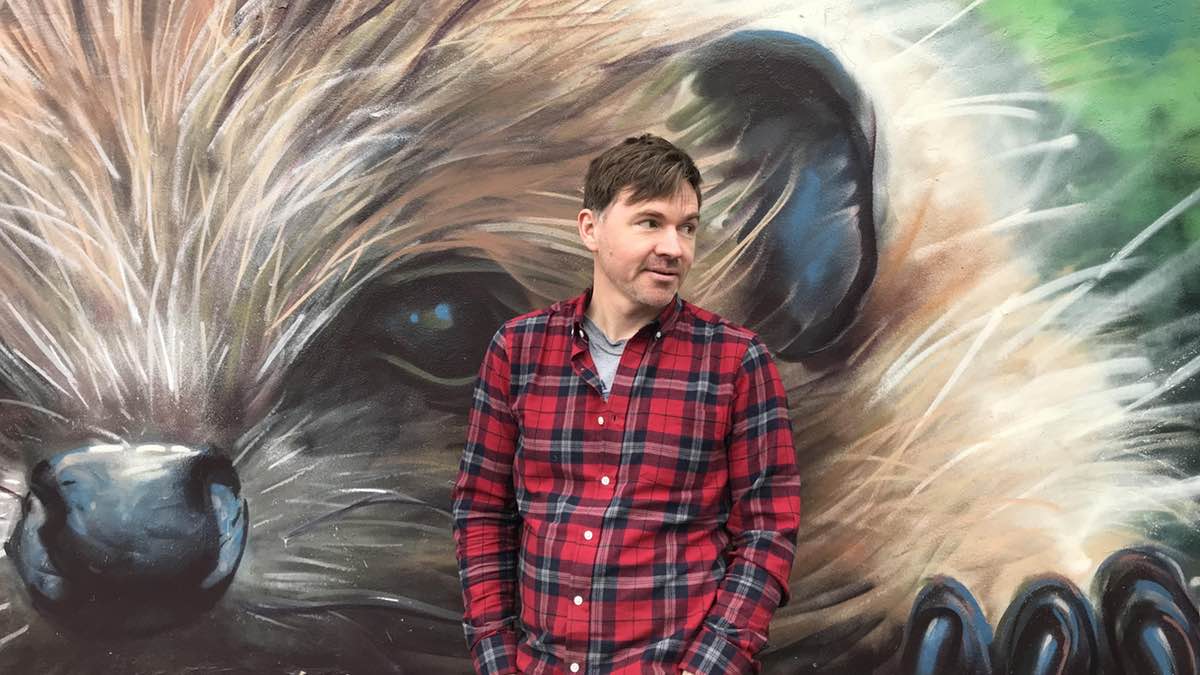
About
“We need a therapy of the imagination, one that respects it not as a means toward cognitive understanding but as valuable in its own right.” (Steven K. Levine)
Hi, my name is Allan Frater.
I’m an author, teacher and psychotherapist(UKCP) – all of which comes together here in the theory and practise of wild imagination.
When I began training to be psychotherapist in 2003 the hope was that it would help recover my imaginative life – that sense of story and play and creative possibility which seemed to be fading with every passing year.
It turned out that becoming a psychotherapist was not in itself a direct route to the enhancement of imagining. Long story short, this led me into researching how certain therapeutic assumptions limit the quality of imaginative experience and its benefits.
A tame imagination is the name I came up with for conventional therapeutic understanding and application, some of the limitations of which are:
- A personal ‘inner’ imagination separated from the activity of images in the ‘real’ world.
- A rational emphasis upon ‘what images mean’ over in-the-moment imaginative experience.
- A narrow focus upon visual images that misses out on the other senses.
- A mechanistic control of image ‘objects’ and ‘parts’ rather than a participatory rapport with imaginal others.
- Image-based techniques to produce predictable outcomes instead of working with the unruly wildness of emergent change.
A tame imagination is at best a partial understanding. One which leads to impoverished imaginal experience – like an animal trapped in a cage.
To enhance the healing and transformative potential of imaginative life what is needed is an understanding that actually reflects the experiential ground it purports to address.
Wild imagination is a theory and practice aligned with the complexity of imaginal experience, some of the advantages of which are:
- a practical basis to more fully notice, validate and participate within the process of how we imagine.
- an emphasis on the quality of imaginal perception itself rather than thinking-about images.
- a relational imagination that brings self and world together not further apart.
- an understanding of imaginal change that embraces the human irregularity of dreams rather than a fantasy of machine-based control.
To imagine wildly is to enter the activity of images found in the places, activities and relationships of everyday life – a broadly conceived understanding in which images are not just ‘pictures inside the mnd’ but woven into all memories, present-moment perceptions and future fantasies.
Wild imagination has developed over years of on-going research and study within the context of teaching counsellors and psychotherapists at the Psychosynthesis Trust in London and more recently at the Turning Point Institute in Dublin.
While my psychotherapeutic background will most obviously be of interest to therapists, what follows goes beyond a conventional therapeutic application and does not require any expert understanding – it is intended for anyone who wants to enhance the benefits of imaginative life.
